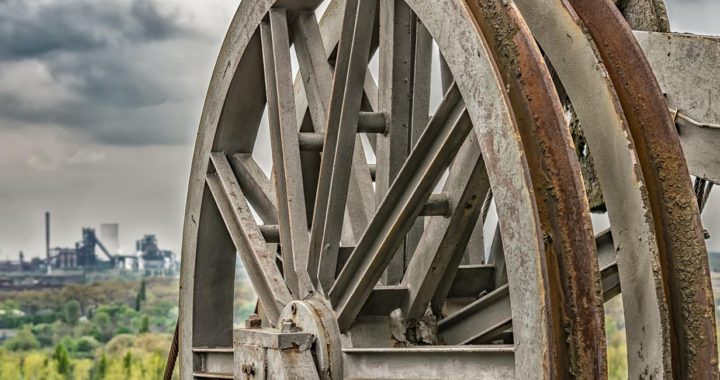The history of transportation is as old as the first human itself, and it revolves around technological innovations that have allowed humankind to travel farther, explore more territory, and expand their influence over larger areas. Thus, the history of transportation also coincides with the history of human civilization. Breakthroughs in human movement have paved the way for population expansion, cultural developments, and socioeconomic progress.
However, appreciating the history of transportation requires an understanding of what the word “transportation” means. Hence, as a backgrounder, transportation essentially pertains to the movement of people and goods from one location to another. Traveling by foot is, of course, a mode of transportation. As prehistoric people moved across lands and carried with them their belongings, they demonstrated the very essence of transportation.
Ancient History of Transportation
The Invention of the Wheel in 3500 BC and the Horse Carriage
In her book “The History of Human Transportation,” Judith Herbst referred to the invention of the wheel as one of the most remarkable developments in the history of transportation.
The first known wheel appeared in the ancient civilization of Mesopotamia around 3500 BCE, and people used them to move sizeable wooden sled that carried stones and other heavy objects.
The Mesopotamians had already domesticated horses and animals for transport as early as 4000 BCE. With the arrival of the wheel, they subsequently introduced horse carriages around 4th to 5th millennium BCE. These revamped carriages became the fastest mode of transportation during the ancient times.
Earlier History of Transportation
Sailing in Ancient Mesopotamia and During European Expansion
When considering the impact of transportation on human expansion and globalization, it is critical to discuss human movements across vast distances, specifically among areas separated by bodies of water. Sailing, according to Herbst, is another turning point in the history of transportation.
The Mesopotamians were already navigating through the Tigris and Euphrates rivers using small sailing boats attached around 4300 BCE to 6000 BCE. The technology behind sailing is simple: Fabric serves as the main component for propelling a boat in accordance with the movement and direction of the wind or in other words, in accordance with the principle of aerodynamics.
Sailing further developed along with several advancements introduced throughout the earlier history of modern human civilization. During the Middle Age in Europe for example, large sailing boats became instrumental in the emerging global trade, as well as in exploring and conquering new territories for imperialism and colonialism. The galleon ships, for example, were able to transport medieval Europeans to far-flung continents of South America and Southeast Asia.
Modern History of Transportation
The Steam and Internal Combustion Engines of Modernity
Sailing waned off with the introduction of two innovations that revolutionized and modernized transportation: The steam engine invented in 1606 and the internal combustion engine invented beginning 1850s.
A steam engine performs mechanical work and thereby, performs the needed movement using the steam produced from boiling water. Its introduction formed the backbone of the Industrial Revolution—an era between 1760 and 1840 that saw the emergence of European and American business empires and the transition to manufacturing processes. It ushered in modernity through high levels of economic productivity. It also powered large shipping vessels capable of carrying more loads and traveling across a greater distance than large sailing boats.
On the other hand, the combustion engine is the most recent innovation in the history of transportation. Unlike the steam engine, the combustion engine relies on the principle of combustion or the burning of fuel to create heat and directly cause mechanical work needed to perform movement. Apart from its more prominent application in automotive vehicles, combustion engine also paved the way for advanced marine propulsions used in large and modern ship, as well as aircraft engines used in aviation.
Takeaway: The Role of Transportation in the History and Development of the Global Economy
Transportation emerged from economic needs and it remains a catalyst for economic development. Prehistoric people traveled by foot across far-flung places to seek greener pastures. They slowly did these using foot coverings crafted using available technology. The ancient civilization of Mesopotamia conceived wheels, horse carriages, and sailboats to transport building materials, crops, and trade merchandise.
With the introduction of sailing and galleon ships, Europeans discovered lands and territories beyond the European continent. Through their large seaborne vessels that transported them to the Americas and Asia, they were able to expand their respective empires, including their economic activities, as well as social, political, and cultural influence.
Through advancements in transportation, Europe and the United States emerged as economic powerhouses, capable of sustaining an efficient supply chain and in transporting goods and services across global markets. Successively, transportation has played a central role in promoting the process of globalization through global trades, global transportation, and modern migration patterns.
From the aforementioned, it is easy to conclude that the history of transportation also coincides with the development of human civilization. To be specific, advancements in transportation paved the way for humans to expand their horizons and discover new frontiers.

